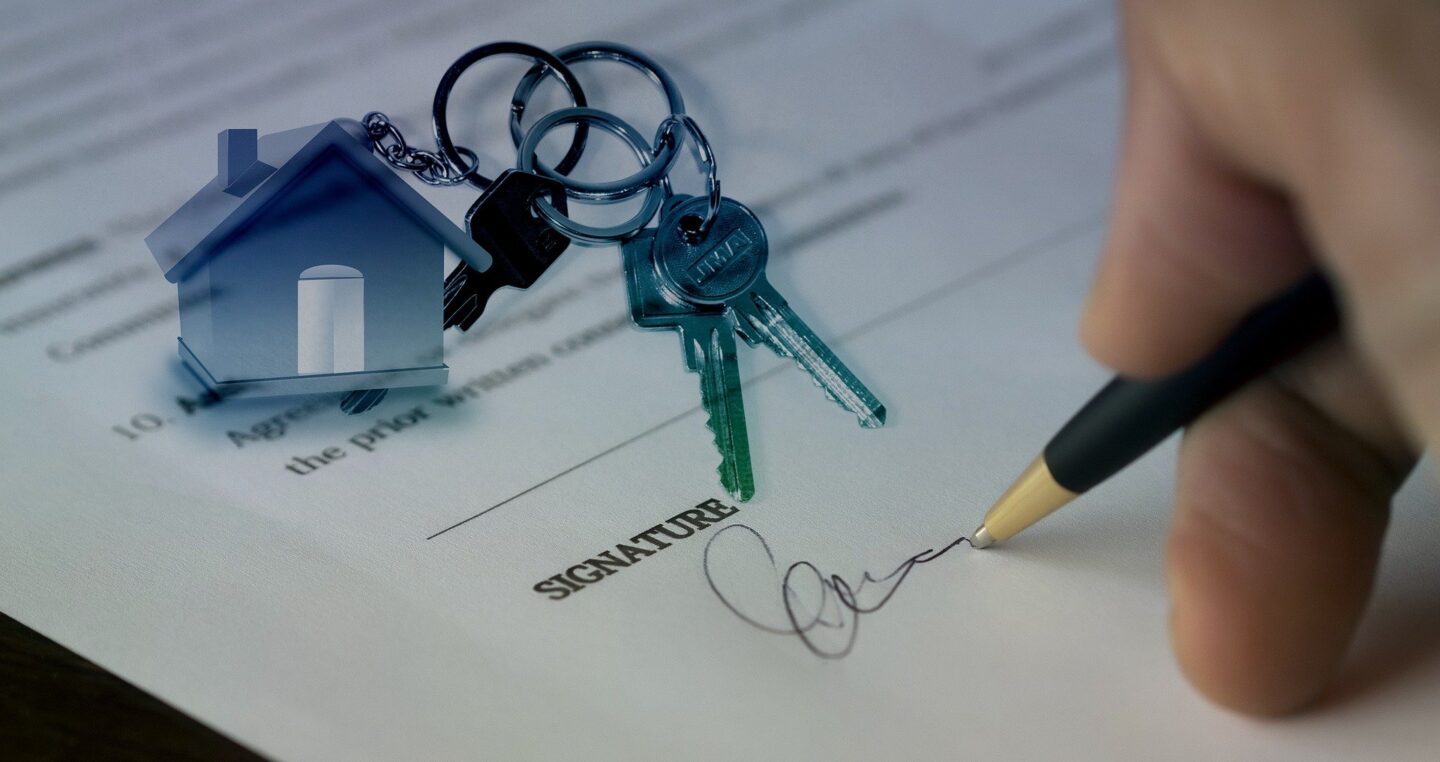
Most of the time, you can only enjoy the benefits of your superannuation fund when you retire. However, a self-managed superannuation fund (SMSF) is a different matter.
If you're looking to purchase a property directly, an SMSF is the best way to do that. You can buy real estate, lease it to your SMSF, and become your landlord.
To do that, you can buy the property from a third party. You can also transfer or sell your owned property to an SMSF if it meets the set criteria.
How to Buy Real Estate and Lease It to Your SMSF
1. Review Your Investment Strategy and Deed of Trust
Your investment strategy needs to include how you'll lease the property you'll purchase.
If you plan on living in the property, it will likely have a different rent structure than if you plan on leasing it out to a tenant. It also has other tax implications.
You can also set a deed of trust. It defines the relationship between you, the SMSF trustee, and the fund members. It can also determine how the property is used and the extent to which the trustee can buy and sell the property.
2. Review the Receipts and Register the Property
Before the property is transferred to the SMSF, you'll need to show the transaction has been entered into the Australian Securities and Investments Commission (ASIC) register of financial arrangements.
It shows the SMSF as a trustee and that you're the legal owner. You'll pay a fee to ASIC for registering. This is also where the transfer should show in your transaction register.
3. Sign Surety Documents
In most cases, the SMSF trustee and the seller have to sign surety documents to guarantee the seller's obligations have been met. It provides evidence the seller has done what is needed to transfer the property to the SMSF. You can also use the surety as evidence of legal ownership.
4. Transfer the Property
You can transfer the property under the old deed with the old registered address. This should be done by the time you sign your surety documents. You can do this simultaneously as you have your transactions registered.
5. Comply with Your Lease Structure
You'll need to comply with the conditions of your lease. This means you'll need to register the lease with the Australian Taxation Office (ATO). In most cases, you'll need to follow the property income and capital gain tax laws that are pertinent to your lease.
6. Maintain Good Records
This is always important when you're conducting a business. But it's imperative when your business and the business of your SMSF are intertwined.
You need records for what you've done and how it was done. Aside from being a legal requirement, it can also benefit you.
You can use this information as part of your risk assessment. It can also be used at the end of your lease to renegotiate your terms or sell the property.
Conclusion
SMSFs are a great way to invest in and lease real estate. They can provide you with a steady long-term income stream that can be used effectively to pay for the property's maintenance and the ongoing taxes and insurance. These are expensive items that must be considered when you purchase a property that you'll lease to an SMSF.
As an Australian Mortgage Company servicing Sydney for almost a decade, Wealthy You can offer you a variety of mortgage solutions to meet your specific financial needs. We are an alternative lender for small businesses, making refinancing simple. Our flexible and affordable financing options allow you to access up to 85 per cent of the equity in your home to meet your financial needs. If you want to buy an investment property with superannuation, get in touch with us! We can help you achieve your financial goals!





